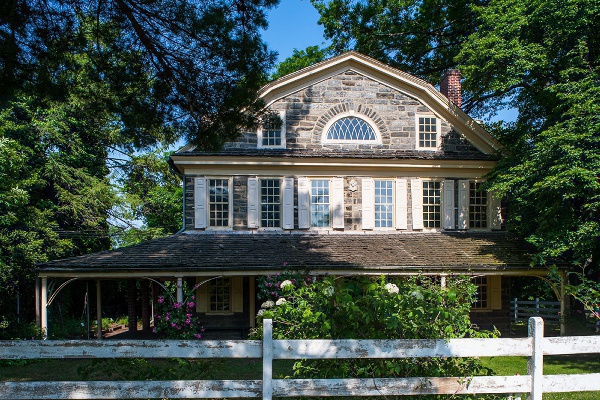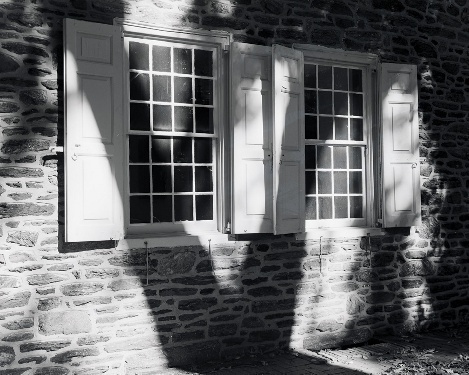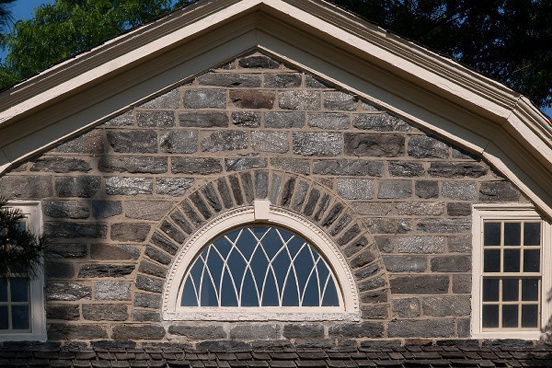Exterior
5/5
Interior
5/5
Site
0/5
History
4/5
Overall
5/5
While this house has been relocated from the Frankford area of Philadelphia, it represents an important part of early Philadelphia’s history. Furnished with pieces original to the house, it is a great portrayal of life in a colonial country house.


